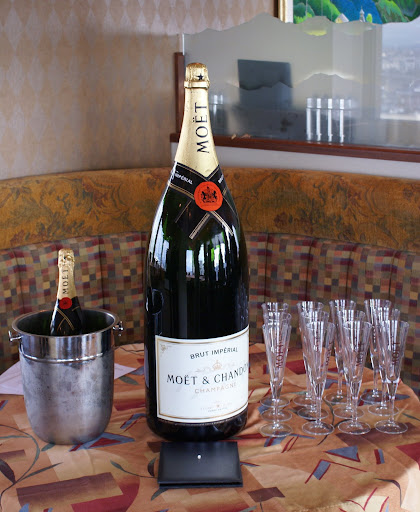
Market demand for big, fruity highly extracted wines has caused many a vintner, particularly in California, to delay the harvesting of grapes. This has resulted in significant increases in sugar content with subsequent production of wines with higher alcohol levels.
But is North America's love affair with these higher alcohol content wines coming to an end?
According to this report from Appellation America dealcing wines is much more common than generally believed. Apart from adding water to dilute the alcohol content, the two methods employed in North America are the reverse osmosis and the spinning cone procedure. At the recently held new wine equipment Simei Exposition in Milan,
Velo introduced their Dealc 2000 system. (scroll down the article to the Velo dealcing system) This new technology lowers the alcohol content in wine by a combination of reverse osmosis and distillation. The reverse osmosis permeate is the only part of the wine to be heated to remove the alcohol by distillation. An indication that European winemakers are also concerned with high alcohol wines. British wine drinkers, who by and large were responsible for the Bordeaux wine region's success are apparently returning to the more traditional style of wine. Marketing gurus at the major UK supermarket, Marks & Spencer are predicting a change in consumer preference towards a lower alcohol wine. A vindication perhaps of Jancis Robinson's opinion of the 2003 Chateau Pavie as opposed to Parker's preference. As I discussed in my December 2006 entry on this blog expect many exciting and interesting happenings in 2007. I leave you with this quote: "The sun, with all those planets revolving around it and dependent on it, can still ripen a bunch of grapes as if it had nothing else in the universe to do." (Galileo, 1564-1642, Italian physicist and astronomer) Too much sun, too much sugar, too much alcohol. Maybe its time for some changes in viticultural practices, especially in light of global warming.




